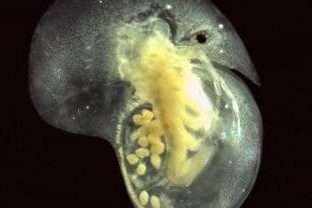
Innovative approaches to identifying regional responses of biodiversity to climate change.
November 2010 to November 2013.
ARC Linkage Project LP100200080
Investigators Dr Daniel Ramp, Dr David Warton, Dr Kim Jenkins, Dr Mick Ashcroft, Dr Patrick Driver and Dr John Gollan.
Partners include the Australian Museum, the NSW Department of Environment, Climate Change and Water, and the Central West Catchment Management Authority.
Summary
Australia is facing a biodiversity extinction crisis that is likely to be exacerbated by climate change. Existing models of climate at regional scales require significant advancement, not only to better understand impacts on biodiversity, but also to assist with decision making and adaptation strategies. We will produce innovative and robust climate maps that are at a scale that is relevant for regional management, enabling us to predict how management actions interact with climate change to affect climate and biodiversity. We innovatively identify climate refugia and quantify the effectiveness of existing processes of conservation decision making. It engages the community in climate science and provides considerable scientific training.
We aim to develop innovative approaches to identify how biodiversity responds to climate change at the regional scale. This innovative cross-disciplinary project is significant because it will produce climate models that are more detailed and better reflect the climate experienced in species habitats. We will test our climate models by predicting the distribution of biodiversity and identifying microrefugia that are relatively unaffected by climate change. We expect to show that our innovative climate maps and statistical methods dramatically improve predictions of how biodiversity responds to regional climate change. Our findings will advance a major paradigm shift occurring in climate change ecology and land management.
Objectives
The aim of this project is to improve predictions of the ecological consequences of climate change at regional scales via the following objectives:
- Develop innovative, regional-scale and biologically relevant models of climate.
- Identify patterns of climate stability and instability and quantify the implications for terrestrial and aquatic invertebrate communities.
- Develop state-of-the-art statistical techniques to quantify relationships between biodiversity and environmental factors to model past, present and future distributions.
- Rigorously contrast bottom-up climate models with top-down climate models at the regional scale.
- Quantify the efficacy of regional decision making for biodiversity conservation.

